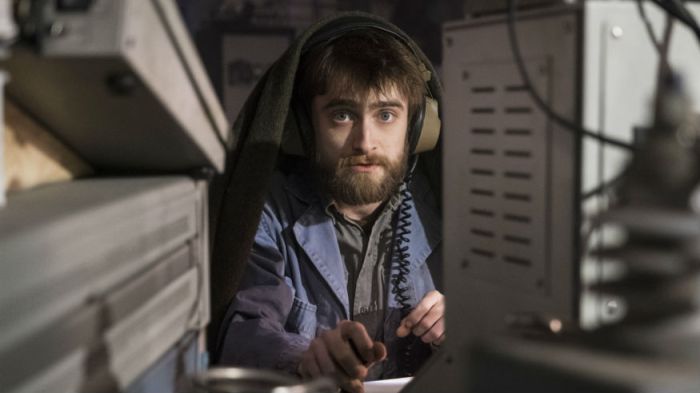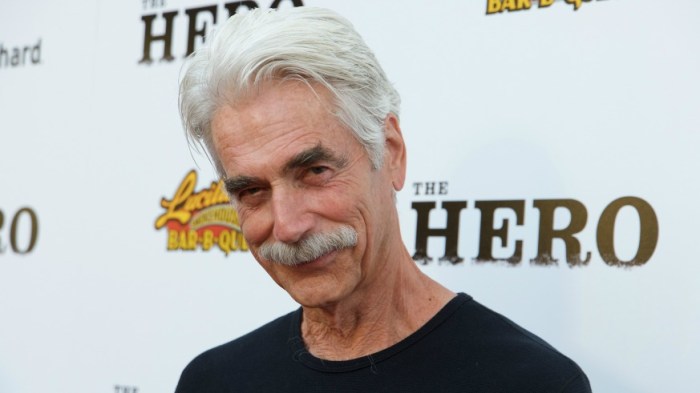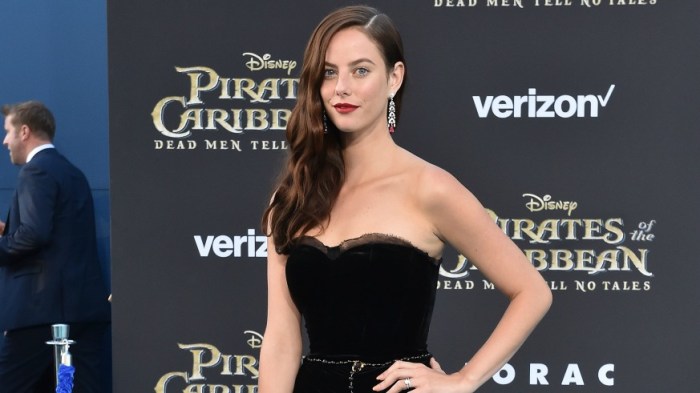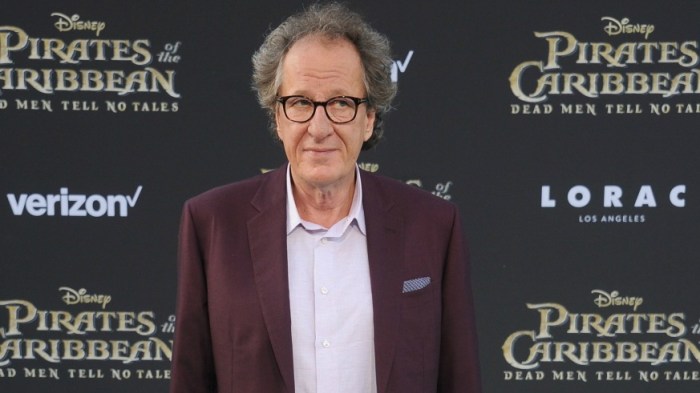Back in 2014, no one — not audiences, nor even studio heads — knew what on earth “The Lego Movie” would be. That might be one of the reasons it was what it was: a joke-filled, satirical delight. The same goes for “The Lego Batman Movie,” which lightly but forcefully lampoons the Caped Crusader, portraying him as a braggart and lunatic who gets depressed when the Joker and untold other supervillains finally wind up behind bars. What does Bruce Wayne do if he’s not beating up crooks? Chris McKay served as an assistant director on “The Lego Movie.” With “Lego Batman,” he graduates to top director. We talk to the “Robot Chicken” alum about sending up an icon, bringing back the 1989 “Batman”’s Billy Dee Williams and even about one of the great directors of classic Westerns. I really like that your Twitter handle, @buddboetticher, is named after Budd Boetticher, the brilliant, still under known director of Westerns, usually with Randolph Scott. I’m a huge fan of his. “Seven Men from Now,” which, among other things, has one of the great Lee Marvin performances. There’s a throwaway part where Marvin is just staring at this guy, and his mouth is open and he’s hunched over like a Neanderthal. Even that is a stunning and weird moment. RELATED: Interview: Michael Cera on “The Lego Batman,” cinephilia and smartphones I’m not sure how to connect Budd Boetticher Westerns to “The Lego Batman Movie,” except that Westerns loved anti-heroes, which is what Batman is here. It’s great that the movie points out that Batman is essentially a sociopath and it’s not great that he has no regulations, that he’s above the law. There are fans who wish there was a real Batman, which I’d say is a terrible idea. I like that these ideas are floating through a movie ostensibly aimed at kids. One of my favorite references is that Billy Dee Williams gets to voice Two-Face. He played Harvey Dent in the 1989 “Batman,” but when the series finally got around to making Dent Two-Face, they replaced him with Tommy Lee Jones. When Billy showed up to record, the first thing he said to me was, “Oh, now I get to play the role I didn’t get to play in the other ‘Batman’ movies?” I was like, “Yep!” Even if it’s just a couple side jokes in the movie, the fact that we were able to bring him back and work with him for an hour, it made me really proud. There are a lot of jokes about the other “Batman” movies, even one about “Suicide Squad.” Did you have much oversight from DC, or were you given carte blanche? To give you an example: With the Harvey Dent and Billy Dee Williams thing, that was a choice I made out of love for this character and this actor that not everyone got. They thought, “Oh, you must be going for a diversity thing.” Even the people who got it thought it wasn’t a big thing and they didn’t really care; they didn’t think it was going to move the needle one way or another. It was really great when people realized what I did, that there was talk about it on Twitter. All these articles came out about it. That’s when the studio and the marketing team saw there was this other audience out there — there were things going on in the movie, jokes or references or nods. With the case of “Suicide Squad,” it was a loving poke at these movies and the franchise and the other kinds of storytelling everyone else is doing. They realized there were people who were going to love the movie for those things, as well as the story and the characters and the situations. It’s weird I didn’t notice this till “The Lego Batman Movie,” but it must be difficult to animate characters who don’t have noses.
Oh great! What’s your favorite movie?
It’s funny, because Randolph Scott is Randolph Scott. He’s certainly of a time, has a certain acting style. But Lee Marvin is so crazy modern. He’s almost like Val Kilmer in “Tombstone” or Johnny Depp in the first “Pirates of the Caribbean” movie, where he’s a side character. It’s a crazy take on a stock character and it makes the movie come alive in a different way.
Yeah! I also love “Ride Lonesome.” “Seven Men from Now”’s my top, then it’s “Ride Lonesome,” then “The Tall T.”
The idea was that if you really step back and look at Gotham City, see that it’s been the most crime-ridden city for 78 years — which is when the comics started — if it had a Batman, don’t you think it’s time to look at another alternative? You’re entrusting the city to this night-stalking, crime-fighting billionaire who thinks that karate-chopping people in the middle of the night will fix it. There’s got to be another way.
That would be your worst nightmare. You’re letting this person arbitrate who’s going to live and who’s going to die — judge, jury and executioner. It’s basically “Death Wish.” He’s Bernie Goetz, the guy who goes on the subway and shoots people he thinks are going to commit a crime.
We’re trying to do things in this movie that are both for adults for kids. Some of the stuff might be things they’ll appreciate later in life. I hope some kid hears Batman say “Fox Force Five” and then want to know what that is. They’ll discover it’s a reference to Quentin Tarantino’s “Pulp Fiction,” then find out about Quentin Tarantino movies. I hope these references are, for lack of a better phrase, gateway drugs. You try to put enough surface stuff in these movies that parents appreciate, that Batman nerds and movie nerds are going to like, like the “Passenger 57” line, “Always bet on black.”
[Laughs] That was always a huge disappointment for me. I always thought in “Batman” that since it had Harvey Dent, they were going to play it long game, bring him back in a later movie. You’re going to experience this tragic arc over a franchise. I loved that they were thinking that way. Then you have the rug pulled out under you: Not only is there a switch in casting, but there’s no arc at all. Two-Face shows up and he’s automatically Two-Face. It bummed me out.
I have a Catwoman tattoo on my arm. I think they felt comfortable with me. But as with any big business, they were very concerned about this was going to go out into the marketplace. Everybody at Lego has an opinion about who their audience is; Warner Bros. have opinions about how their characters are presented. On [“The Lego Movie”], we were flying into the radar a little bit, because nobody knew what it was going to be. There were bigger fish to fry at the studios, so we were a little bit left to our own devices. With this one, I’m a first-time director and there’s a lot of moving parts.
Yeah. You don’t’ realize how much you need that thing to get expressions across. [Laughs]
Chris McKay on bringing Billy Dee Williams back in ‘The Lego Batman Movie’
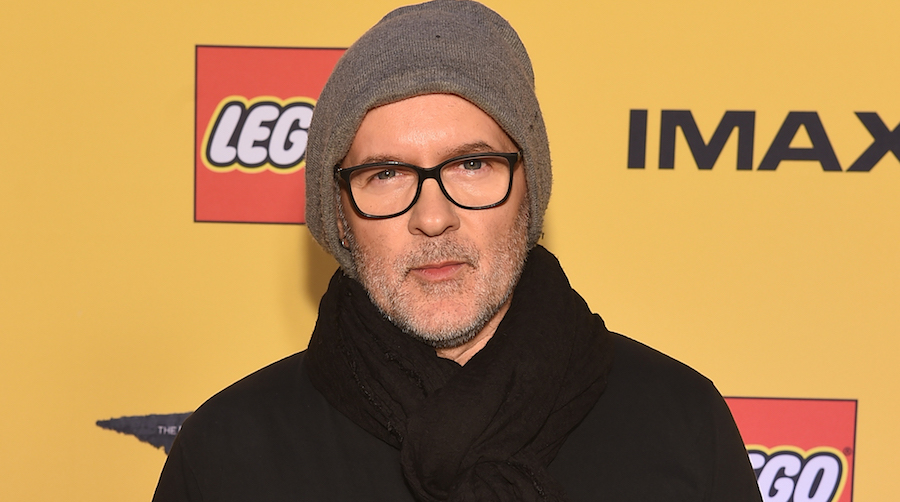
Getty Images
Follow Matt Prigge on Twitter @mattprigge

